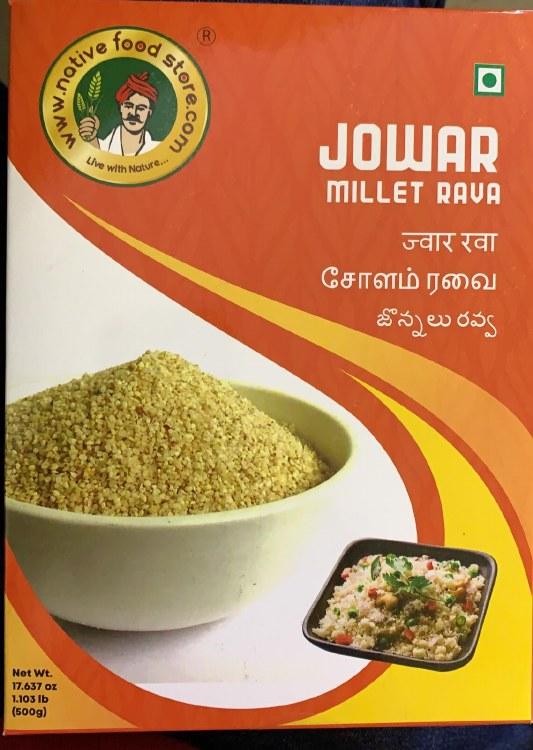Japan’s millet market is poised for modest growth in both volume and value over the coming decade, according to a recent forecast by IndexBox. As consumer interest in health-conscious and alternative grains continues to rise, millet is gaining traction in Japan’s food industry. This development reflects broader trends towards diversified diets and sustainable agriculture, signaling new opportunities for producers and suppliers within the country’s evolving grain sector. The forecast offers a detailed outlook on market dynamics, highlighting key factors driving demand and shaping the future landscape of Japan’s millet market.
Japan’s Millet Market Set for Modest Growth Driven by Rising Health Awareness
Japan’s millet market is anticipated to experience a steady, albeit modest, expansion in both volume and value over the coming decade. This growth is largely attributed to the surging consumer interest in health-conscious diets and the increasing popularity of millet as a nutritious alternative to traditional grains. Driven by its rich nutrient profile – high fiber, antioxidants, and gluten-free properties – millet is finding a stronger foothold among health enthusiasts, particularly in urban centers where demand for functional foods continues to rise.
Key factors propelling market growth include:
- Heightened awareness of diet-related health issues leading to greater millet consumption
- Expanding product innovation incorporating millet into snacks, cereals, and ready-to-eat meals
- Government and private sector initiatives promoting sustainable and traditional grains
| Year | Volume (Tonnes) | Market Value (JPY Billion) |
|---|---|---|
| 2024 | 8,200 | 12.5 |
| 2029 (Forecast) | 9,600 | 15.3 |
| 2034 (Forecast) | 10,800 | 17.9 |
Key Factors Shaping Demand and Supply Dynamics in Japan’s Millet Industry
Several economic and environmental factors are influencing Japan’s millet industry as it navigates evolving consumer preferences and climatic challenges. Rising health consciousness among Japanese consumers is fueling demand for millet, recognized for its nutritional benefits and gluten-free properties. Additionally, government initiatives supporting sustainable agriculture and the promotion of traditional grains are providing fresh impetus to domestic production. However, fluctuating weather patterns and limited arable land remain significant hurdles, often causing variability in supply volumes and impacting pricing structures.
The industry also grapples with shifting import dynamics, as Japan depends partially on millet imports to meet demand gaps. Competitive pricing from Southeast Asian suppliers and trade policies heavily sway supply availability. Key factors at play include:
- Domestic production costs influenced by labor shortages and mechanization rates
- Consumer trends emphasizing organic and locally sourced products
- International trade regulations affecting import tariffs and quotas
- Climate variability impacting crop yields year-to-year
| Factor | Impact on Demand | Impact on Supply |
|---|---|---|
| Health Trends | ↑ Demand for millet products | Neutral to positive |
| Climate Change | Variable, may reduce consumer confidence | ↓ Yields and consistency |
| Trade Policies | Influences access to affordable imports | Controls import volumes and costs |
| Technological Adoption | Enhances product innovation | Improves production efficiency |
Strategic Recommendations for Stakeholders to Capitalize on Emerging Market Opportunities
To effectively seize the modest growth anticipated in Japan’s millet market, stakeholders should prioritize building resilient supply chains that accommodate fluctuations in production volume and consumer demand. Embracing sustainable farming practices and investing in advanced agricultural technologies can enhance yield quality and consistency, positioning suppliers as reliable partners in both domestic and export markets. Furthermore, leveraging consumer trends favoring health-conscious and gluten-free products will be critical for manufacturers aiming to expand their product portfolios with millet-based items.
Marketing strategies must also adapt to evolving consumer preferences by highlighting millet’s nutritional benefits and traditional roots. Key approaches include:
- Strengthening collaborations with health influencers and nutrition experts to boost public awareness
- Developing innovative millet-derived food products that cater to convenience and taste
- Utilizing digital platforms for targeted campaigns focusing on younger demographics
- Engaging in strategic partnerships with foodservice providers to integrate millet into mainstream menus
| Stakeholder | Recommended Action | Expected Impact |
|---|---|---|
| Farmers | Adopt drought-resistant millet varieties | Enhanced crop resilience and yield |
| Processors | Innovate millet product lines with health claims | Access to premium market segments |
| Retailers | Develop millet-focused promotions and education | Increased consumer engagement and sales |
Future Outlook
As Japan’s millet market is poised for modest growth in both volume and value over the coming decade, industry stakeholders are closely monitoring evolving consumer preferences and agricultural trends. While challenges such as limited arable land and competition from other grains persist, increasing interest in health-conscious diets may drive demand for millet products. This forecast underscores a cautiously optimistic outlook for the sector, highlighting opportunities for producers and investors looking to capitalize on emerging market dynamics.




